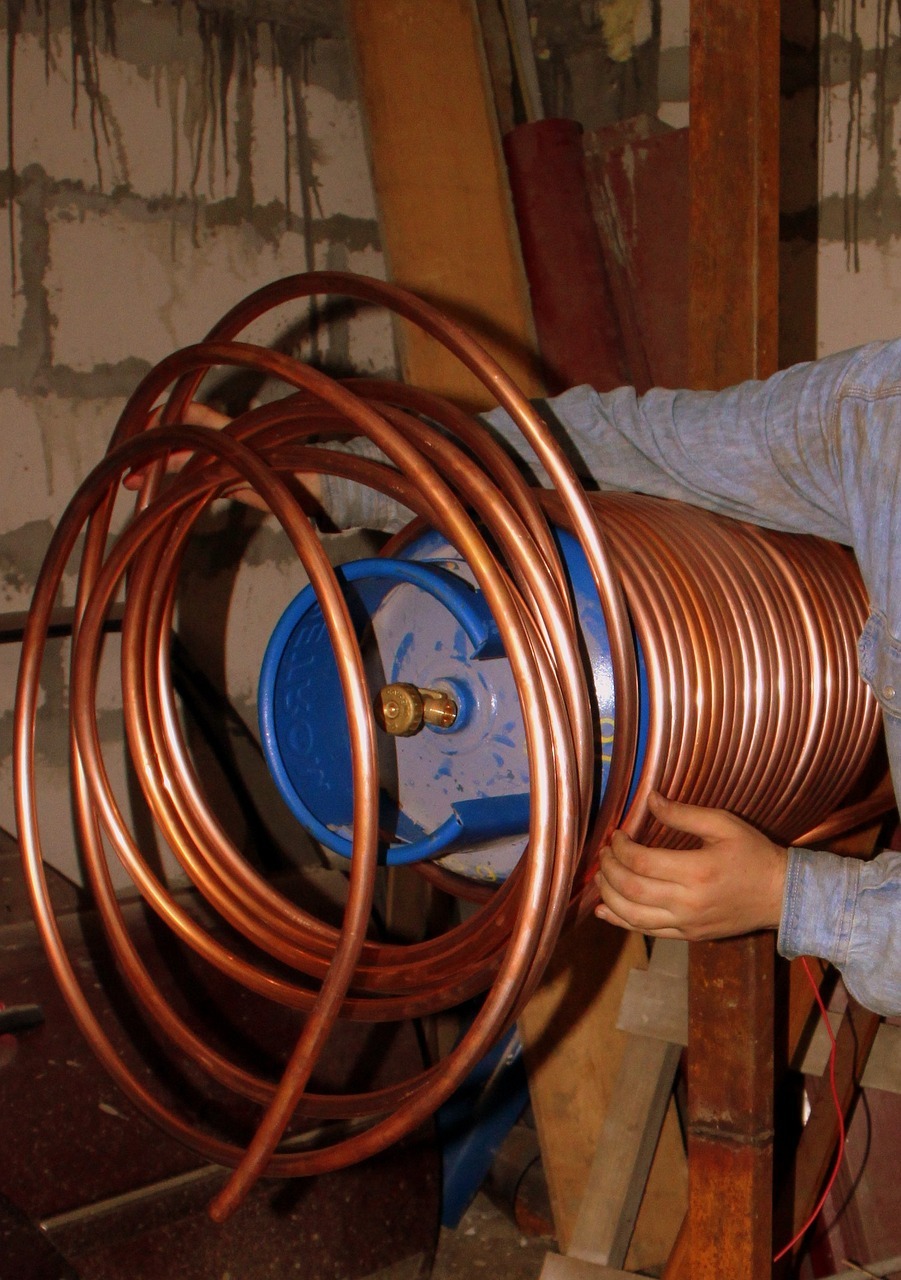Micro-coil is an essential component of various devices such as transformers, inductors, electromagnets, and sensor coils. The micro-coils or electromagnetic coils are used in applications that require an interaction between the electric current and the magnetic field. The interaction can occur in two ways- i) an electric current can generate a magnetic field when passing through the electrical conductor or wire, or ii) an electric current can be generated by an external magnetic when passing through the inner surface of the micro-coil.
The production of a micro-coil involves the winding process of a wire into the shape of a helix, coil, or spiral. In order to fulfill different purposes, electromagnetic coils can be of different shapes and dimensions. The design of the shape and size of the coil also depends on some parameters such as magnetic field strength, resistance, and inductance. Micro-coils are generally very similar to regular coils, the main difference is the tiny shape of the coils. For the miniaturized size of the coils, manufacturers require a microscope or magnifying glass during the manufacturing process.
Challenges for the Miniaturized Size:
Making the coils fit into the limited physical size of the medical devices is a major challenge for manufacturers. Therefore, the demand for tiny micro-coils has increased to overcome the size constraints. As the transducers or sensors require microscopic parts for their components, the designers of these devices prefer to have micro-coils that are smaller than the cross-sectional area of a needle.
Micro-Coil Manufacturing Challenges:
Due to the miniaturized size of the micro-coils, manufacturing of these coils requires ultra-fine wires of eight microns in diameter. The manufacturing process of then coils involves connecting and winding ultra-fine wires and for that, manufacturers have to face several issues.
The connection between Ultra-Fine Wires:
Traditional connecting methods are not useful for handling ultra-fine wires. For this reason, modern manufacturers use thermo-compression bonding technology. With the help of thermo-compression bonding technology, besides connecting two ultra-fine wires of similar diameter and material, you can also connect a wire with another twelve times thicker wire and of different materials. This technology is effective to have corrosion-free, highly reliable, strain-free connections. This is also an efficient and suitable technology for the manufacturing of long-life products and disposable products such as medical implants.
Winding Ultra-Fine Wires for the Manufacturing of Micro-Coils:
The Micro-coil winding process is the main part of the manufacturing process and in this process, an electrical conductor such as ultra-fine wire is twisted around a core in the shape of a spiral, helix, or coil. In order to provide quality standards and tight tolerances for the micro-coils, winding machinery should be built in-house.
Applications:
Micro-coils have substantial applications in the medical field and electronics. For instance, to prepare active implants such as pain management devices, deep brain stimulation components, and pace-makers, micro-coils are essential. Micro-coils are also used in therapeutic applications such as electricity-based ablations and electrophysiology treatments. Micro-coils are also useful in diagnostic and navigation and orientation sensors. In the case of dental and orthopedic treatments, micro-coils have significant usages.

